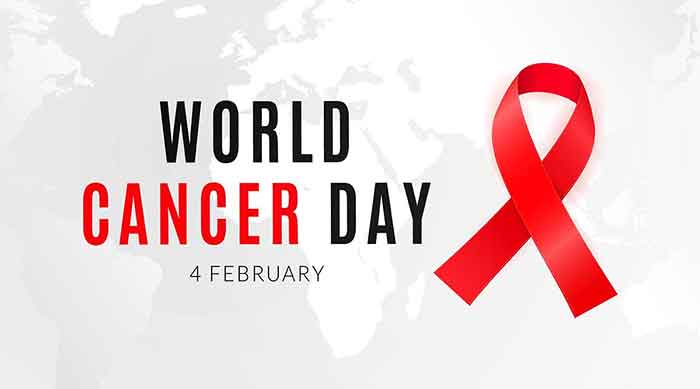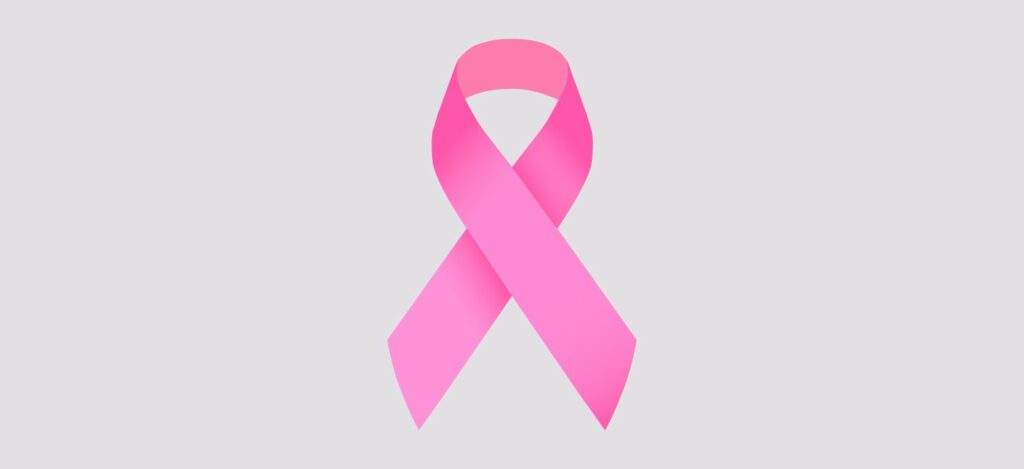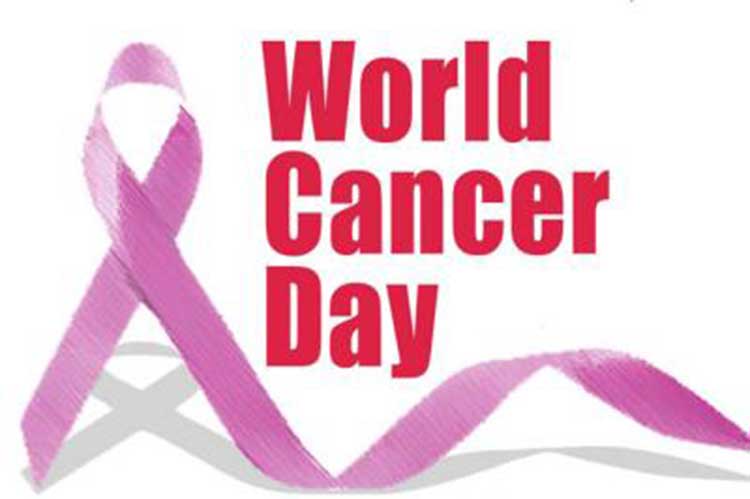
There is increasing concern that the denial of cancer care and diagnosis to a lot of patients during the recent times of lockdowns and concentrating medical attention on Covis-19 is likely to lead to an increase in cancer related deaths in the near future. To give just one indication of this, a Lancet study has presented estimates of a likely increase in cancer deaths over the next five years related to diagnostic delays, ranging from 4.8 per cent from lung cancer to 16.6 per cent from colorectal cancer.
Another disturbing aspect of cancer has been that there has been a fast-rising trend of childhood cancers in recent times. In the USA, cancers have already become the number one disease-related cause of death among children beyond infancy years. There are some estimates that the number of childhood cancers, adjusted for undiagnosed cases, is likely to be the highest in India now ( around 72000 in a year.).
However perhaps the most disturbing aspect relating to cancer now is that there is growing evidence of environmental factors and hazardous substances contributing more and more to cancers, particularly to cancers among children. This factor is becoming so serious that if this cannot be checked then despite all the other increasing expenditure on cancer treatment, the deaths and other distress related to cancer may rise significantly in future. On the other hand , on a more positive note, by giving more importance to preventive aspects, a tremendous contribution can be made to reducing cancers and all the deaths and distress related to cancers, particularly in the case of childhood cancers.
In particular there is evidence that the most effective way of bringing relief in this context is to prevent as many childhood cancers as possible, particularly by reducing exposures to dangerous chemicals and radiation.
Philip J. Landrigan, Director, Global Observatory of Pollution and Health has summarized some of the evidence of risks which he points out are higher for weaker sections—“ Recognition is growing that hazardous exposures in the environment are powerful causes of cancer in children. In recent years, medical researchers have identified a number of environmental causes of childhood cancer. For example, maternal exposure to ionizing radiation such as X-rays during pregnancy, and early childhood exposures to CT-scans, have been found to increase risk of childhood leukemia and brain tumors. Prenatal exposure to diethylstilbestrol (DES) causes adenocarcinoma of the vagina in female fetuses. In more recent years, robust evidence has emerged for other links, including traffic-related air pollution, paints, and solvents such as benzene, which elevate risks of leukemia, lymphoma and brain tumors. Prenatal exposures to pesticides are associated with increased incidence of leukemia. Children living in communities surrounded by manufacturing facilities, refineries or intensive agriculture—where residents are often low-income or people of color—may have particularly high exposures”.
He has recommended, “we must require that all new chemicals and all widely-used existing chemicals be tested for safety and toxicity. We can no longer allow our children to be exposed to thousands of chemicals of unknown hazard. We must support strong research programs that include epidemiological and toxicological studies.”
A recent widely quoted study on this subject of increasing importance is titled ‘Childhood Cancer – Cross – Sector Strategies for Prevention’. This study has been prepared by the Childhood Cancer Prevention Initiative (CCPI) of the USA. This study has placed great emphasis on preventive aspects of childhood concerns. The study says, “Cancer charities, research organizations and clinical institutions devote substantial resources to cancer treatment and survivorship, but scarce support for the primary prevention of childhood cancers.”
The CCPI study notes with great concern, “Our children have inherited an environment that is vastly different from that of previous generations. Today, thousands of synthetic chemicals used to fuel cars, rid agricultural crops of pests, and manufacture household products, electronics, furniture and clothing result in ubiquitous exposure to hazards known and unknown… The number of toxic chemicals used and released has been allowed to increase exponentially, with minimal requirements for understanding their impact on human health, and a growing body of robust science documenting their potential to contribute to cancer.”
A great contribution can be made by curbing exposure to dangerous chemicals. The study says, “Currently, researchers estimate that up to 10% of all cancers in children ages 0–19 derive from heritable genetic risk factors. For many of the other cancers, hazardous chemicals are among the potentially preventable risk factors. Of particular concern is risk to low income children of color living in communities where environmental exposures are high.”
One important reason why preventive aspects do not get adequate attention is that powerful economic interests try to prevent the emergence and wider dissemination of evidence relating to linkages of hazardous substances, radiation-sources and gadgets to cancers in a bid to protect their high profits. The notorious efforts of the tobacco lobby in this direction are well-known, while the efforts in the case of some other cancer causing products are less known.
The CCPI study quoted above, while lamenting the general lack of training in occupational and environmental health among health professionals, has also expressed serious concern about “relentless efforts by industry to discredit relevant research on the links between chemicals and cancer.”
Finally this important study has recommended-“ Enacting and enforcing strong, science-based laws and regulations to reduce and eliminate environmental contributors to cancer is urgent. To guide these vital regulations, we need increased funding for research that deepens our understanding of the causes of cancer, which chemicals or combinations of chemicals are contributors, and what prevention strategies will drive down cancer rates.”
Some other studies have drawn attention to the risks from mobile phones towers and phones. A comprehensive review of the existing research in this field has been authored by Dr. Devra Davis in her book ‘Disconnect- The Truth About Cell Phone Radiation.’ Dr. Davis is an award winning scientist, writer and President of the Environmental Health Trust. After reviewing mounds of research papers, Dr. Davis has concluded “….If you consider all of the studies that have been published, most of them have not followed people for a decade. But if you examine only those studies that have analysed people for a decade or longer you find one thing: Every single one of them shows that long-term heavy use of cell phones has increased the risk of brain tumours.” It is widely feared that these and other health risks will increase greatly with more recent related trends including the advent of 5G technology and preparations for the same.
The risks relating to several hazardous chemicals and products ( for example (pesticides) are in fact much higher in several developing countries as awareness and precautions are at low levels, and some of the products identified as highly hazardous in developed countries are sometimes dumped as exports to developing countries.
Hence clearly efforts are needed on the basis of urgency to increase awareness about preventive aspects, among people in general and also in the medical community. Secondly, more scientific research on hazards and risks as well as preventive aspects is needed . We should not just know more about scientific research conducted abroad but in addition we should also conduct more research in the context of our more specific conditions. Last but not the least, it is very important to check the powerful forces which try to suppress and distort the rapidly emerging evidence on cancer links of many hazardous substances, radiation-sources and gadgets.
Bharat Dogra is a journalist and author. His recent books include Man Over Machine and Planet in Peril.
IF YOU LIKED THE ARTICLE SUPPORT PEOPLE’S JOURNALISM















































